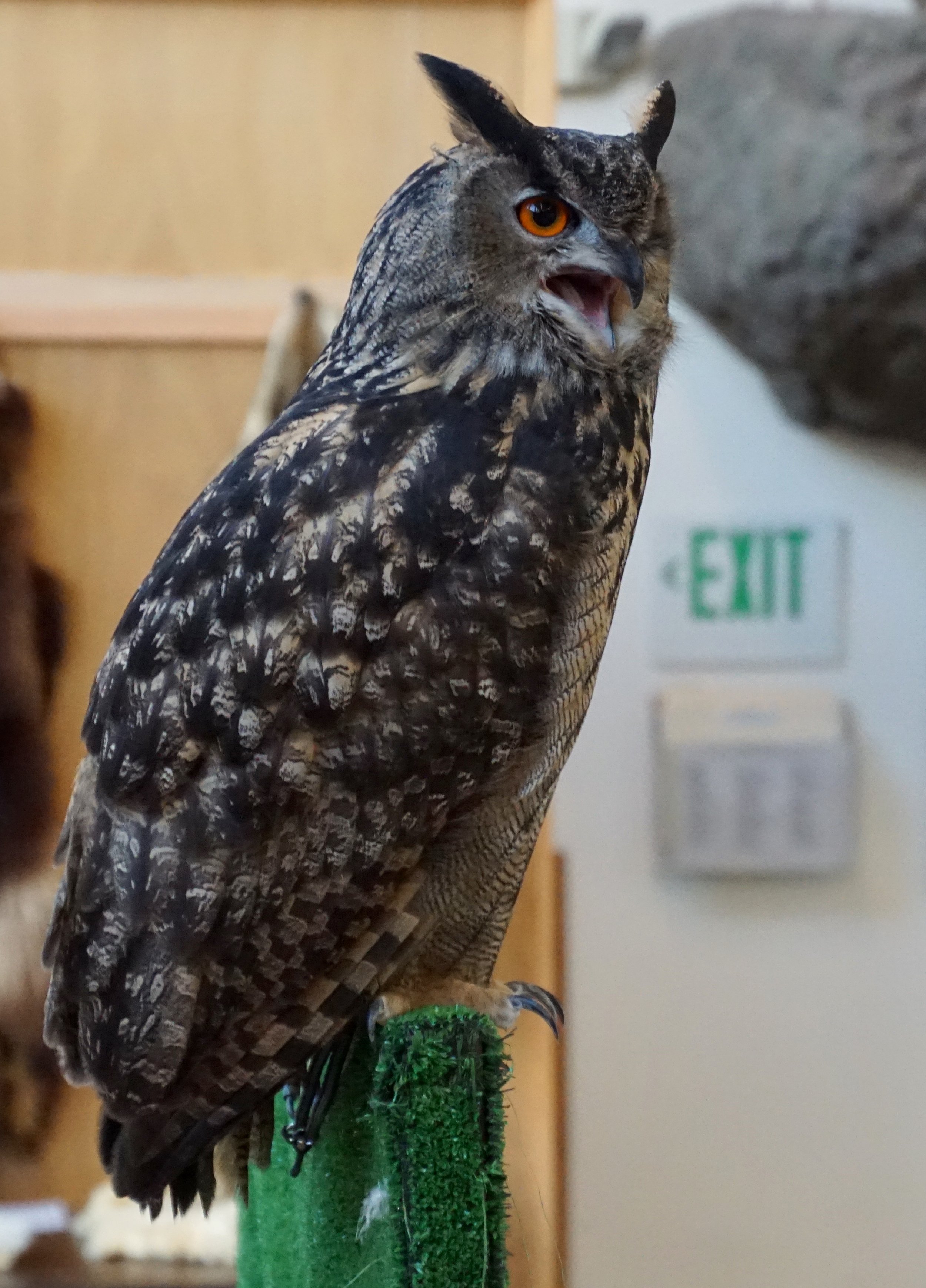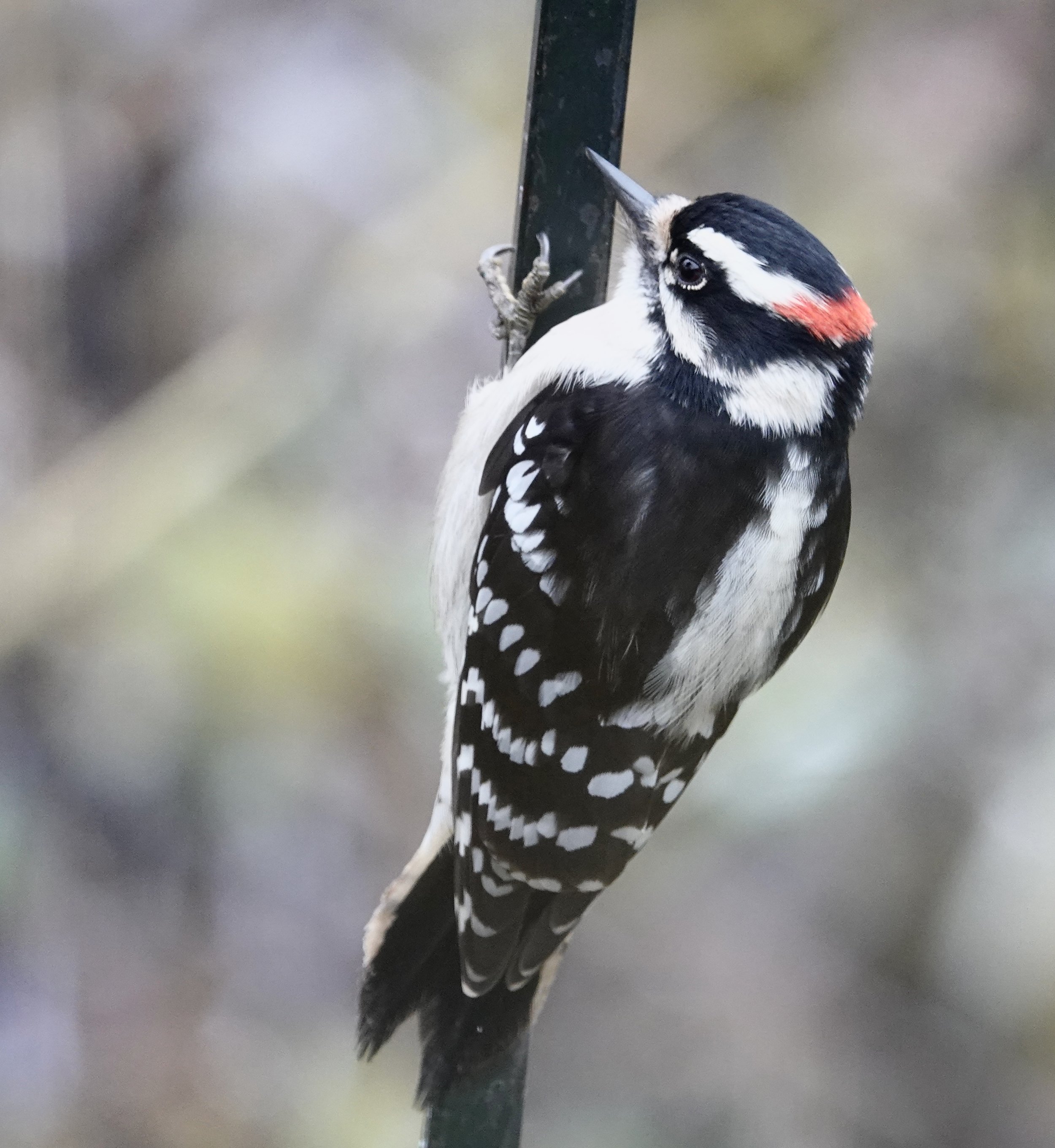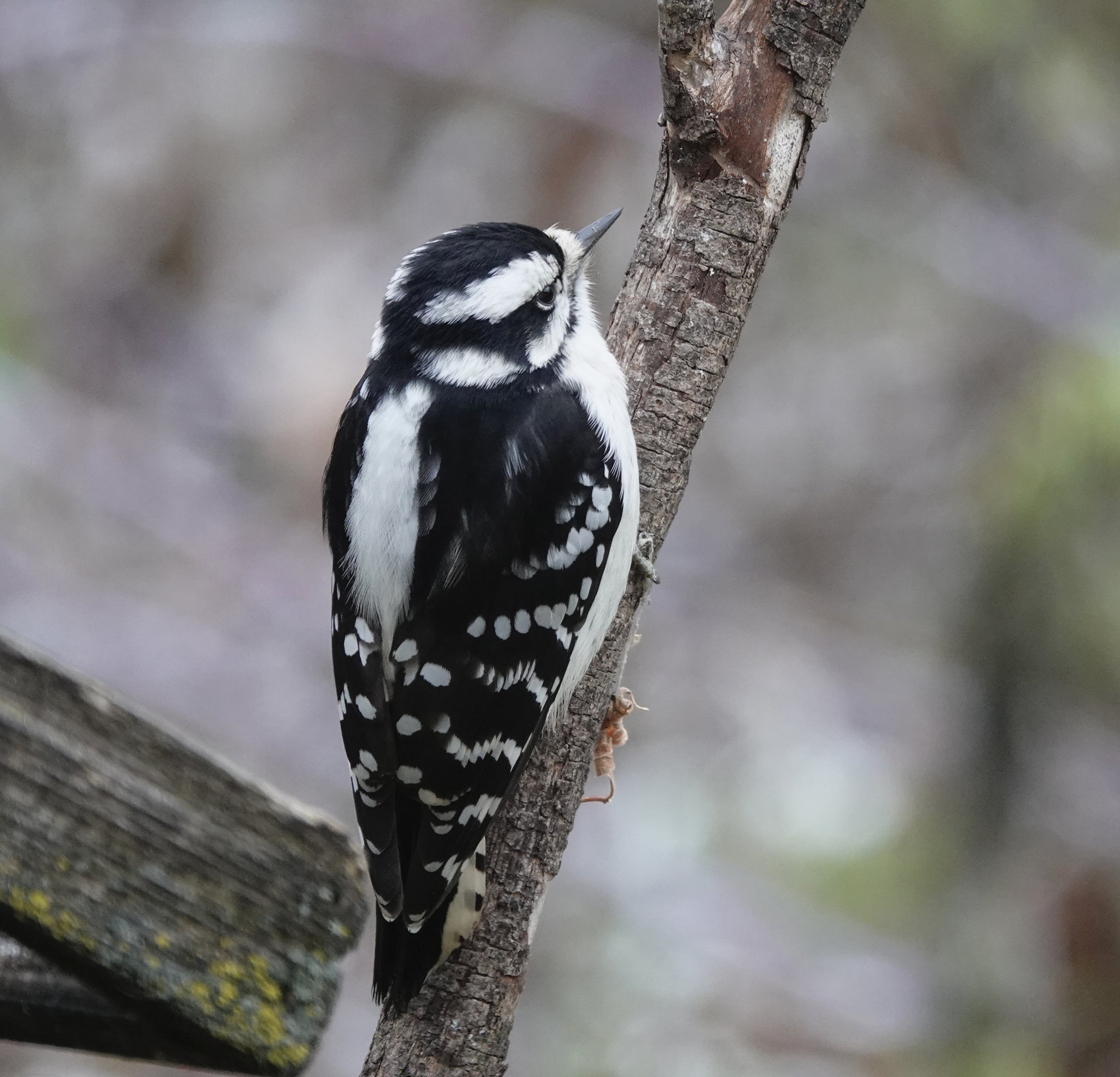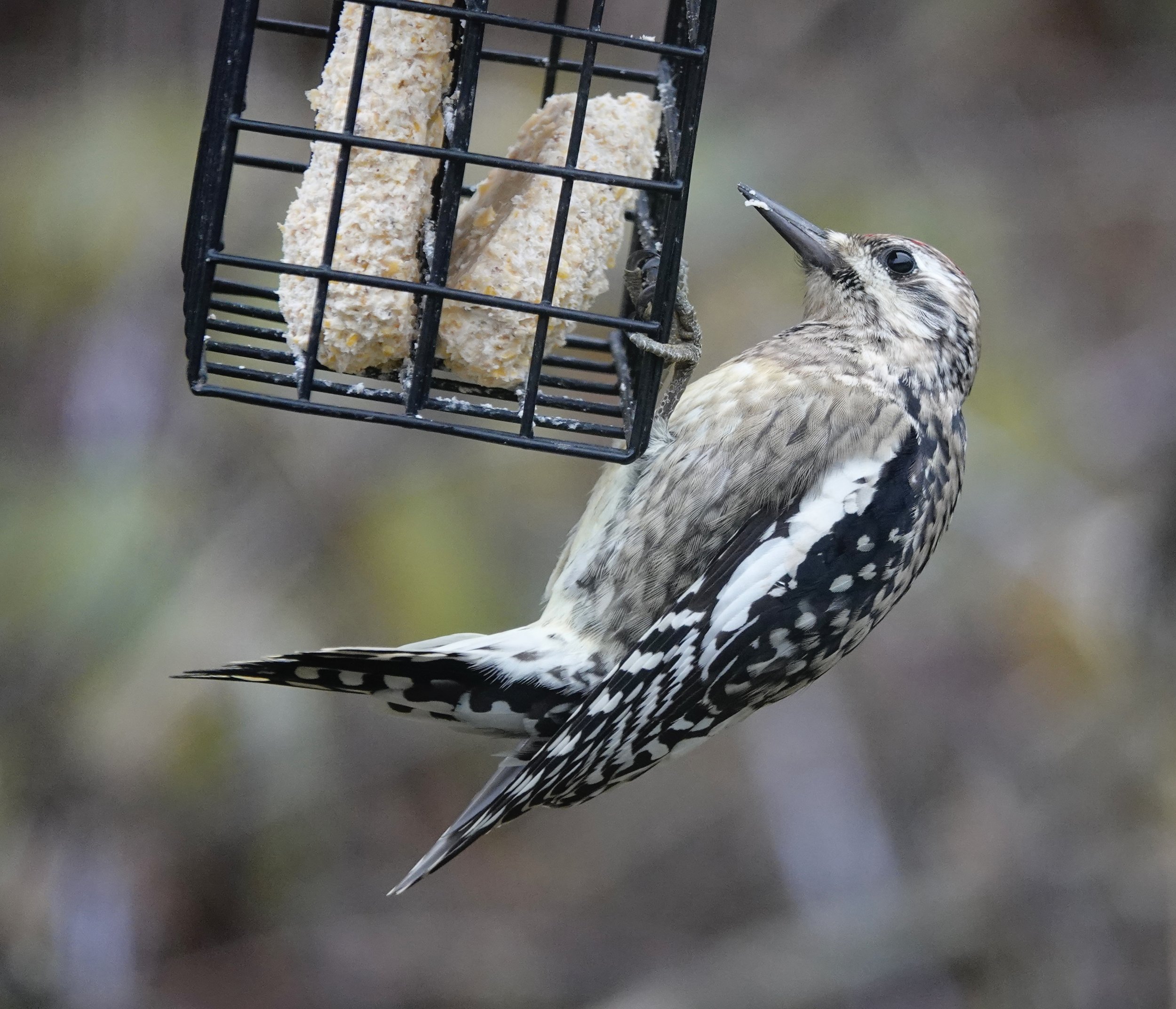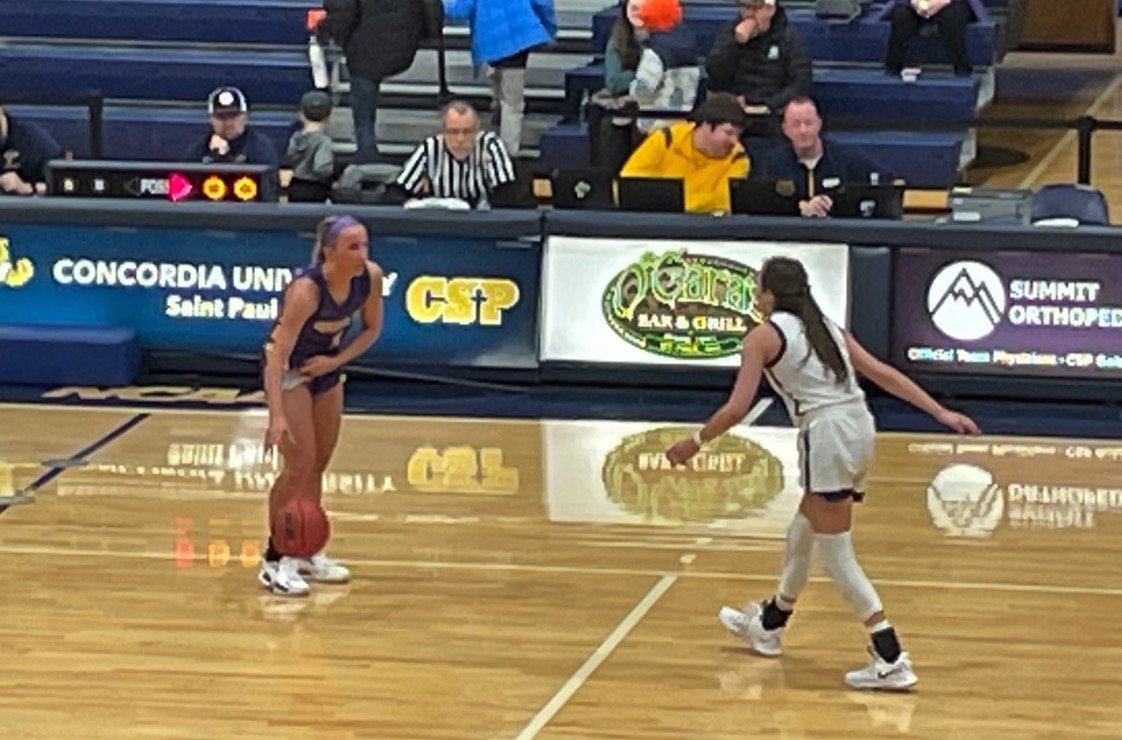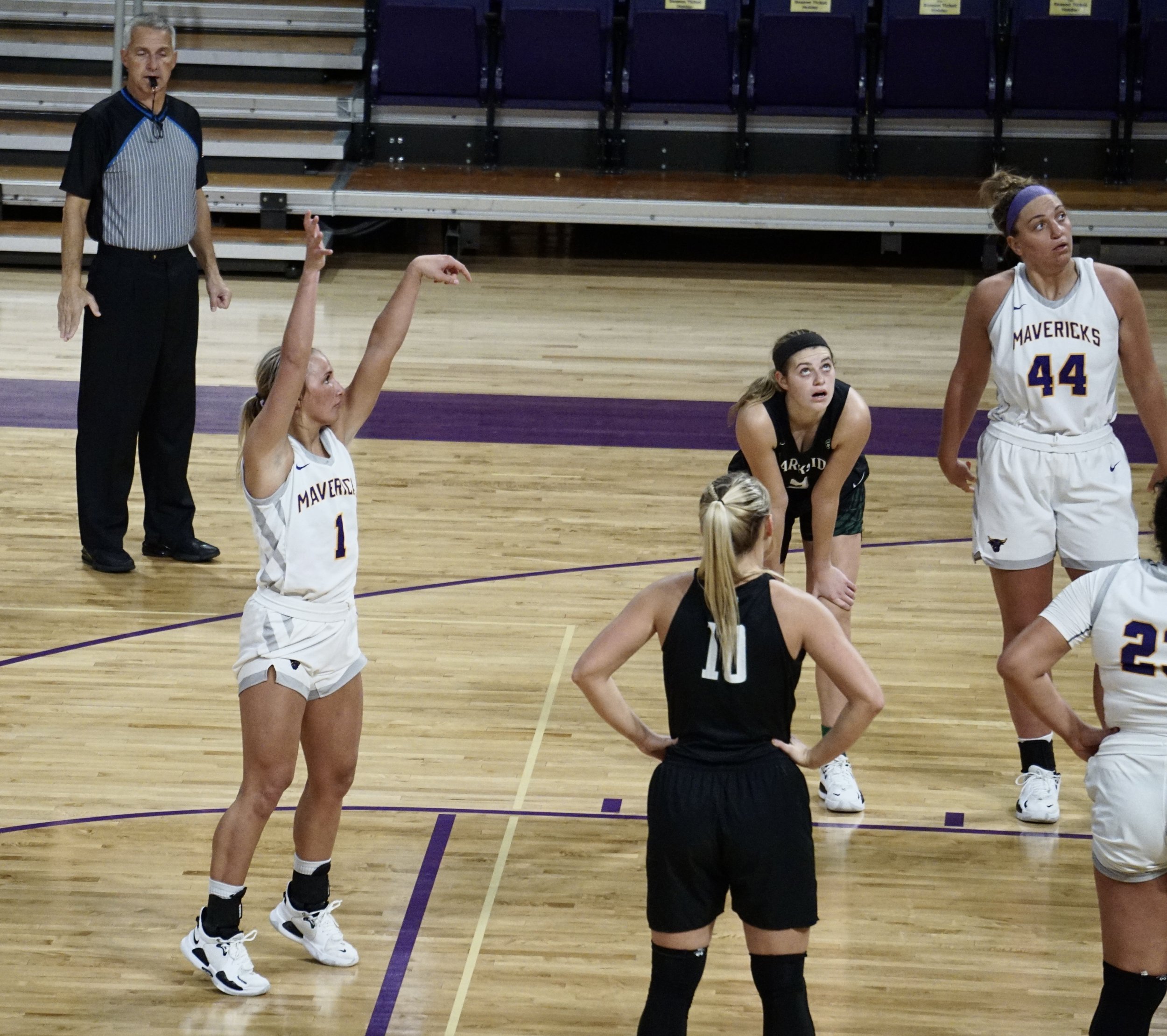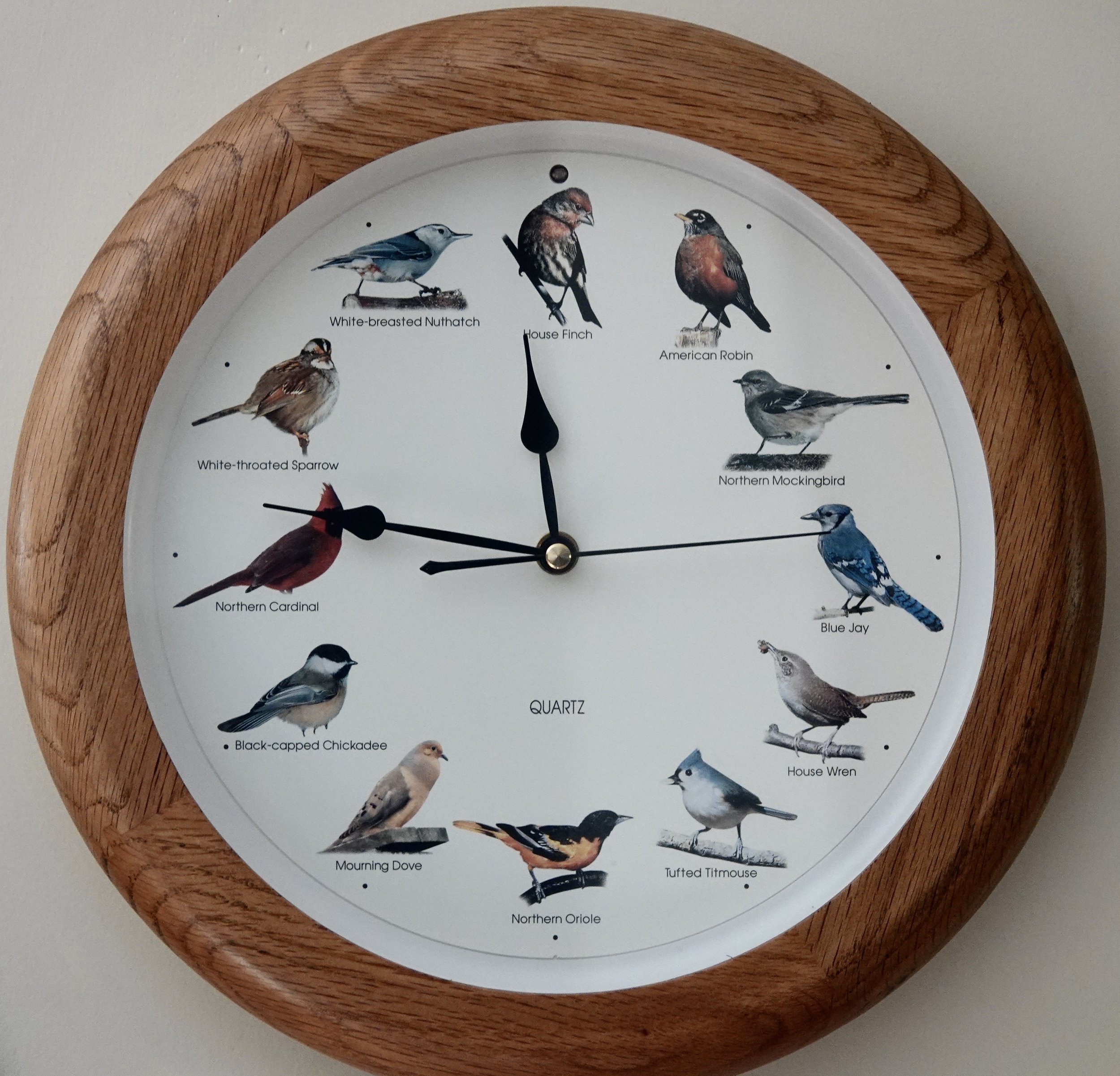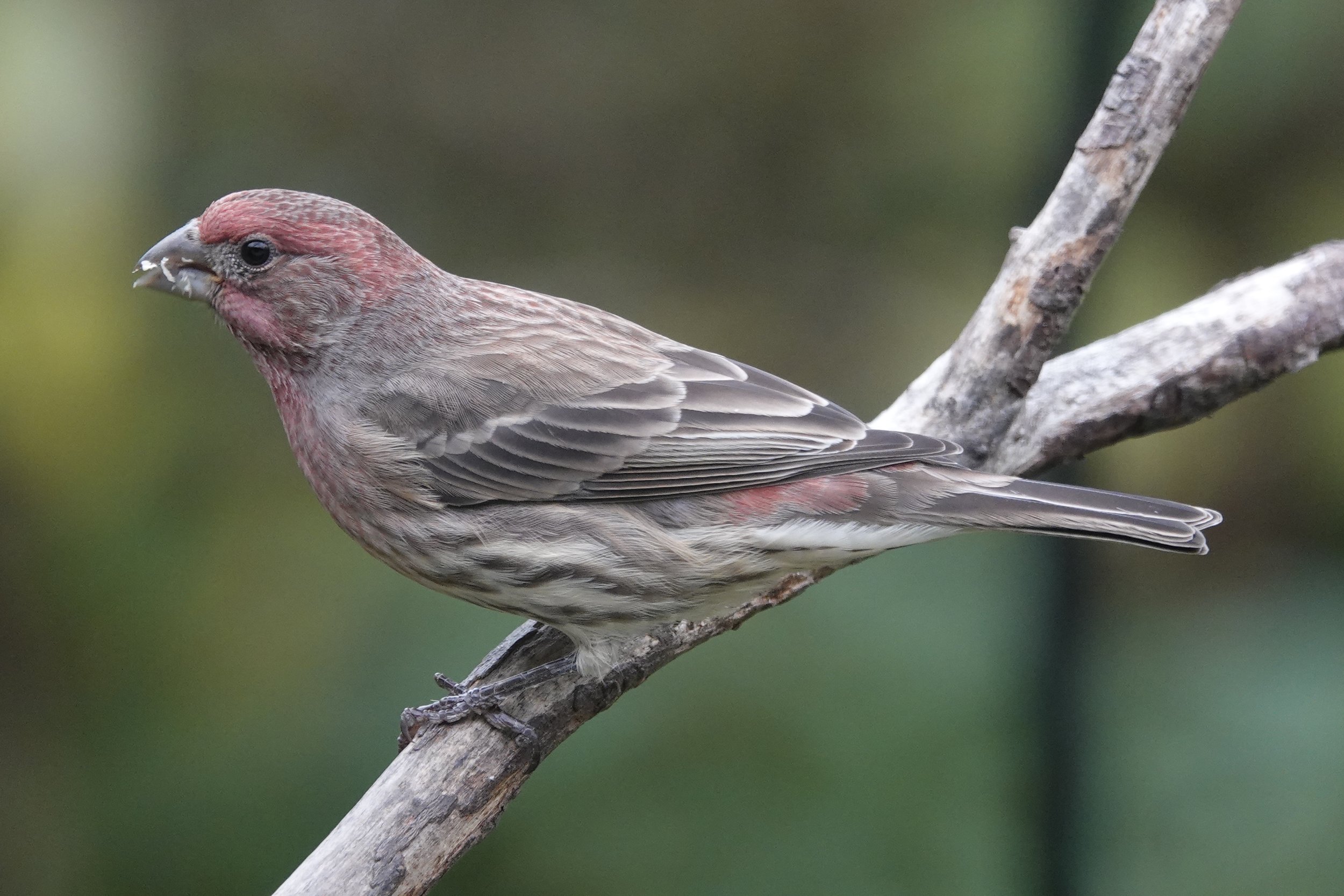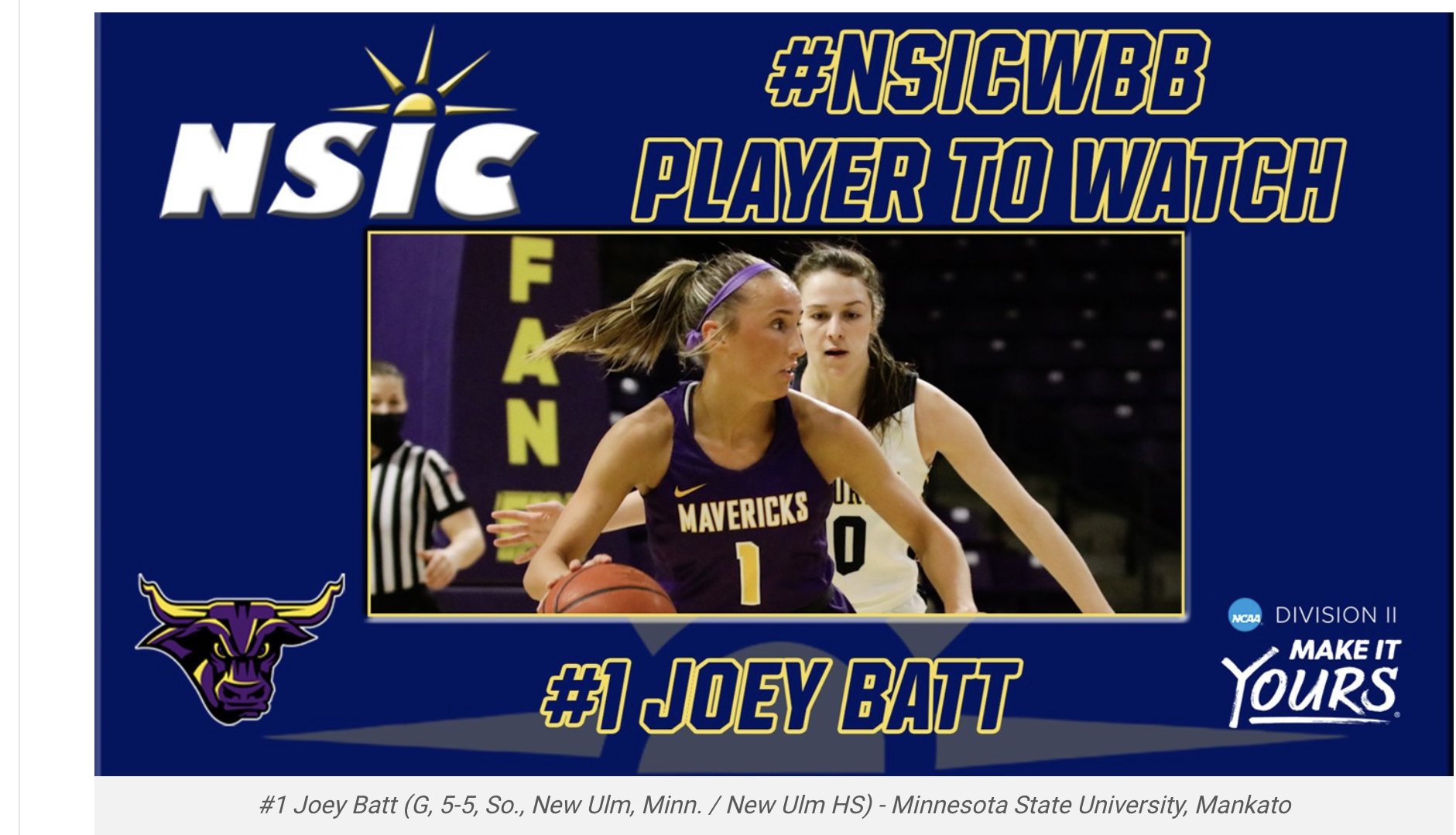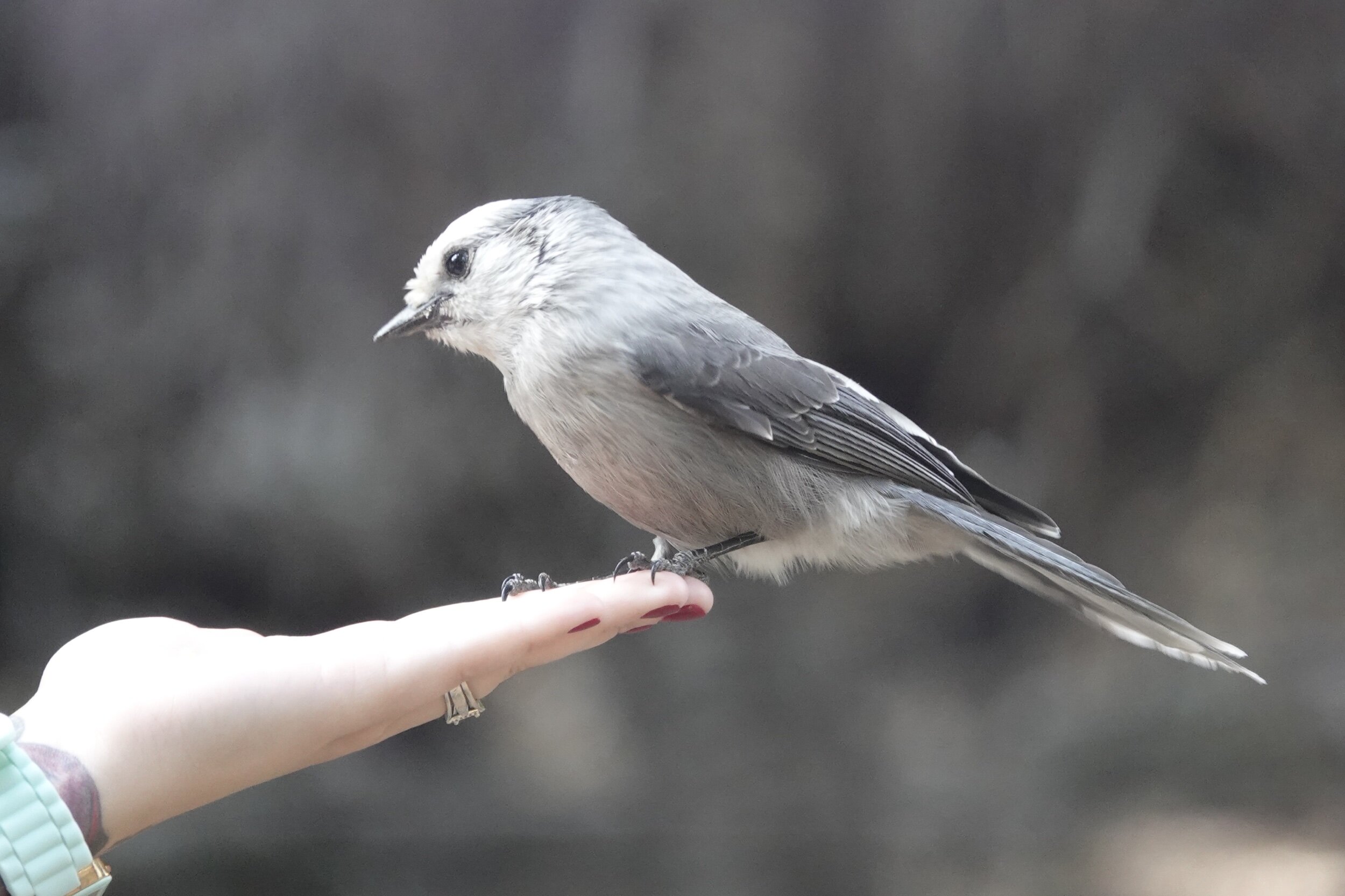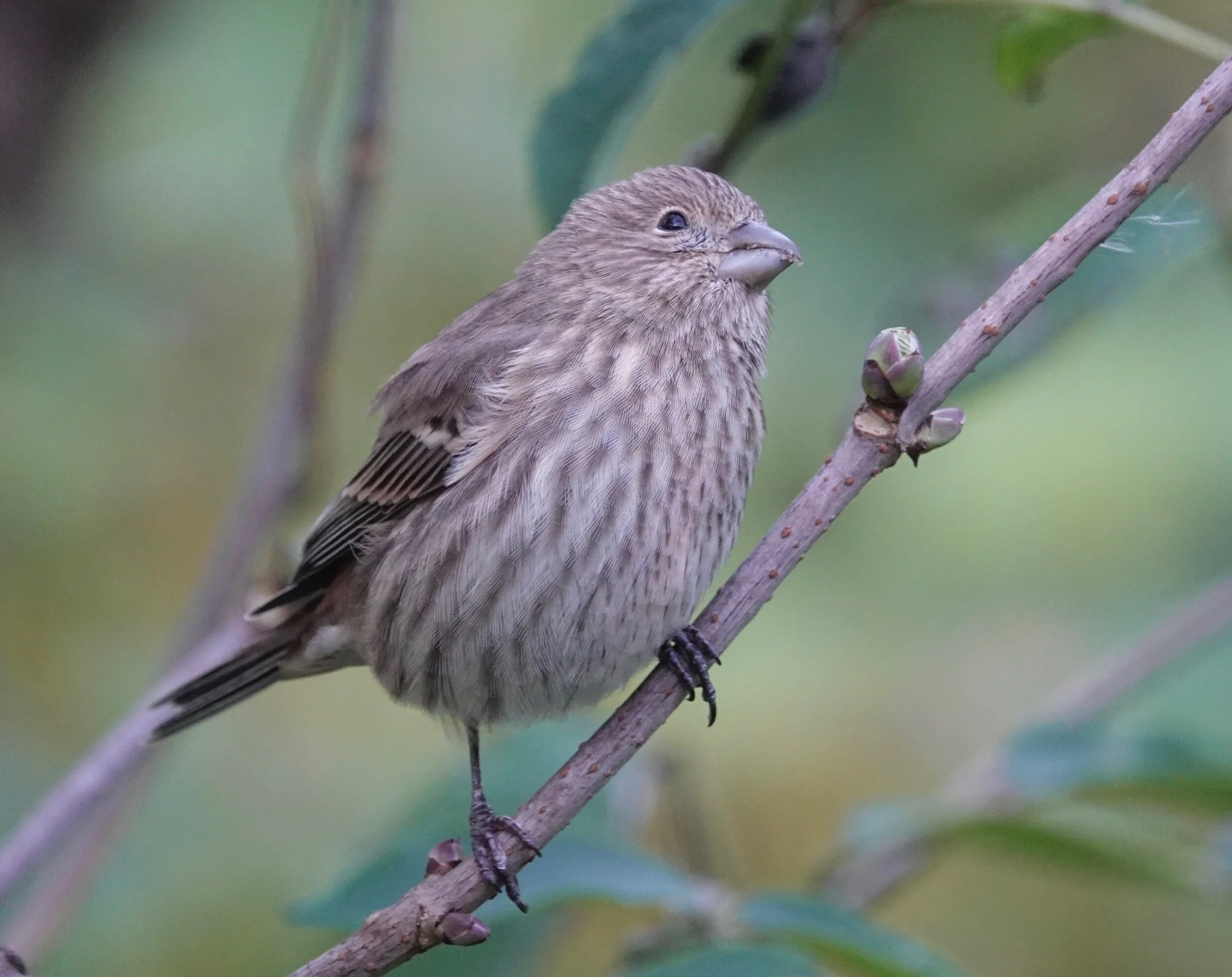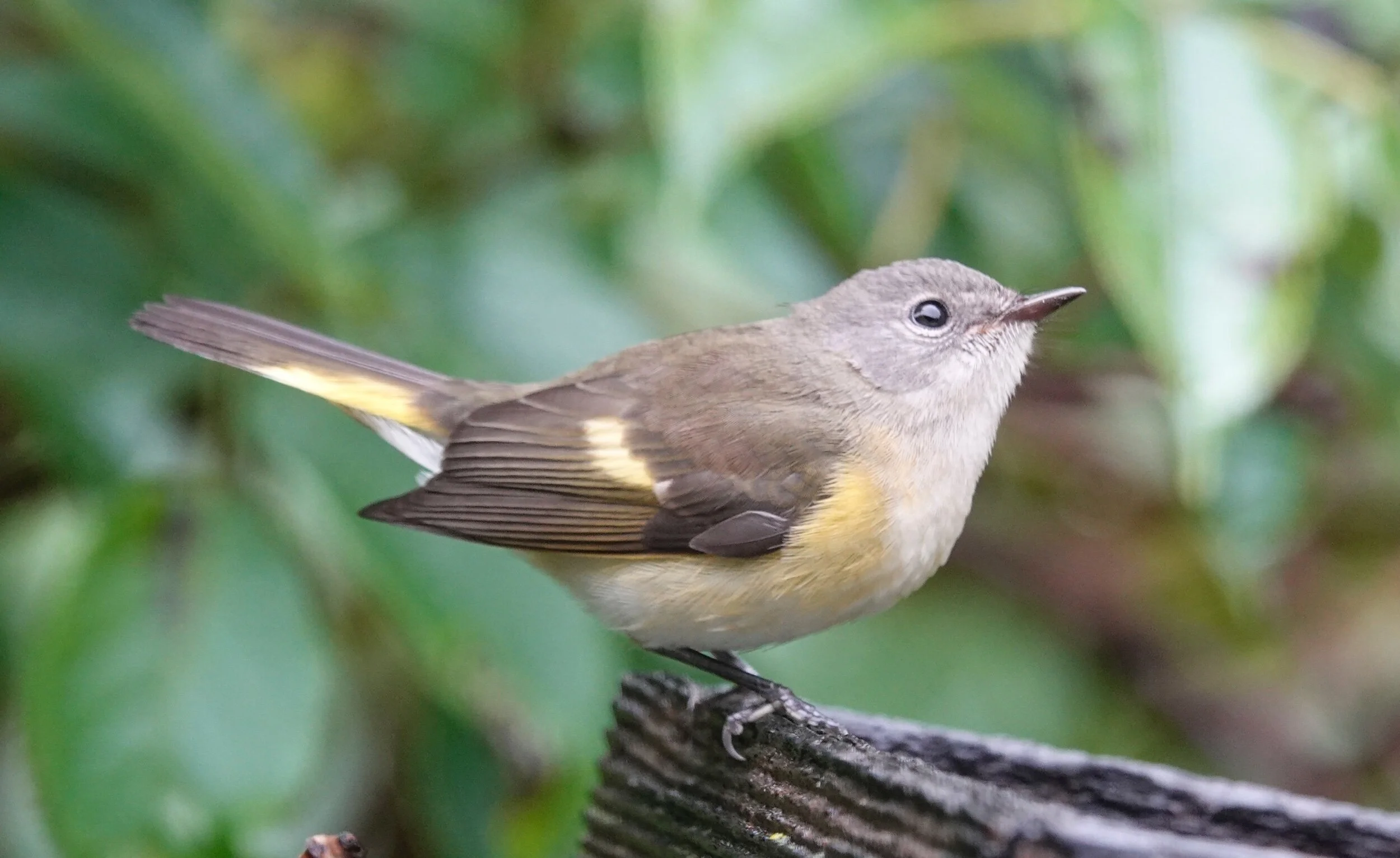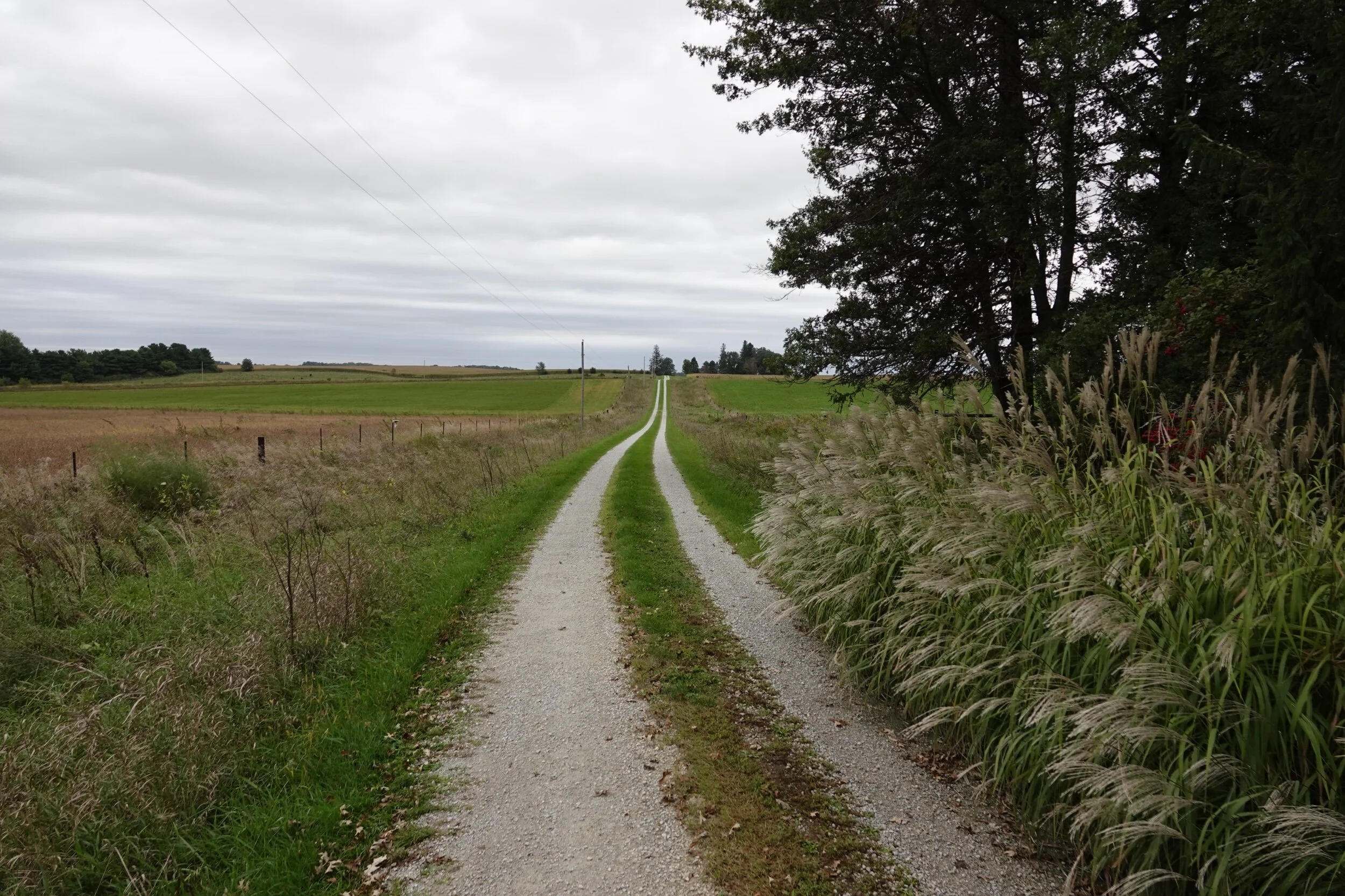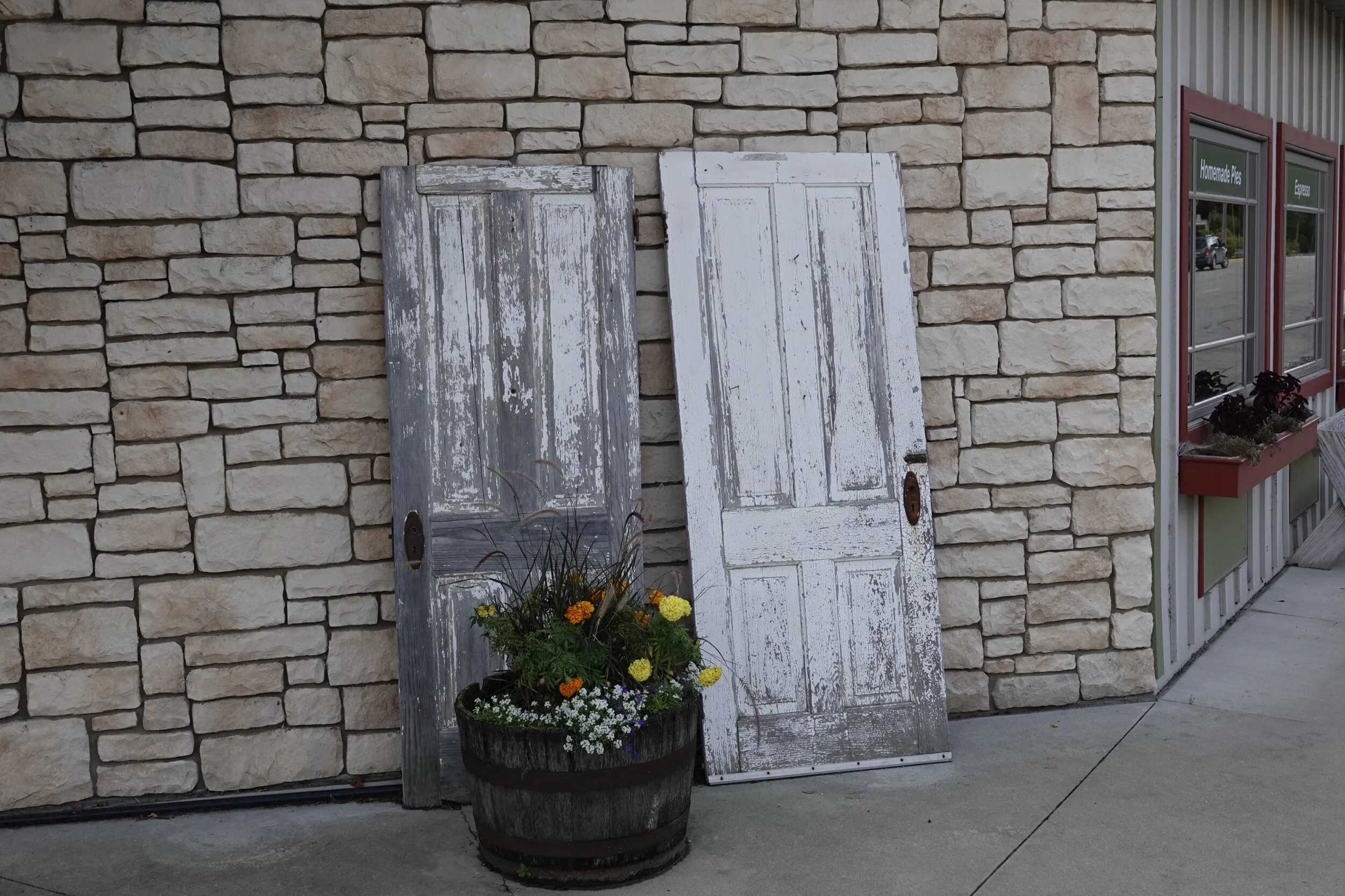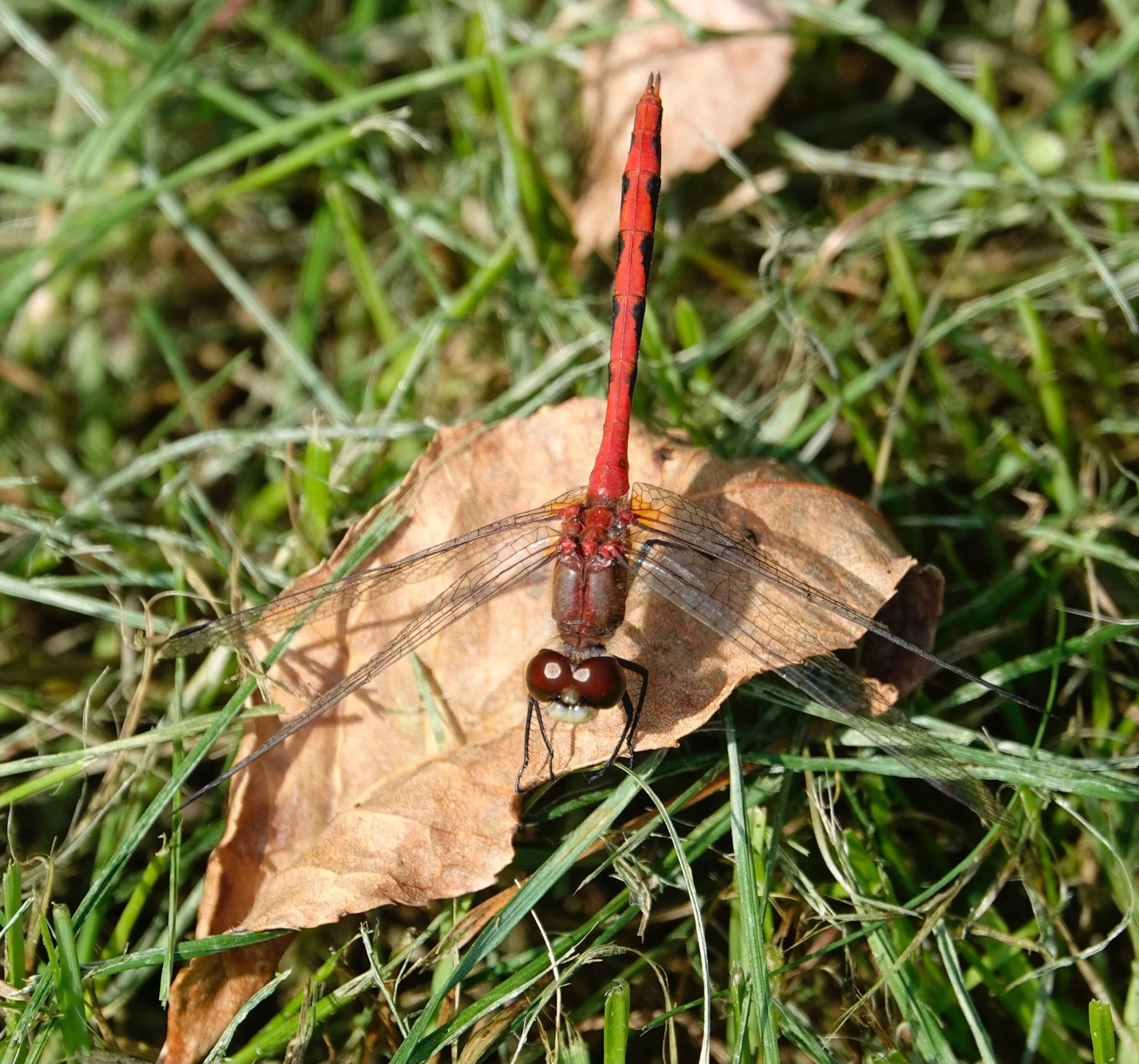Merlin photo by Al Batt
It’s no shape-shifting wizard. The Merlin's name comes from the French word esmerillon, meaning falcon. Medieval falconers called the Merlin the “Lady's Hawk.”
Naturally
I want to notice everything. If you notice you aren’t noticing everything, is that noticing everything? I digress. Bodies of water become leaf soup in the fall. I miss seeing the NASCAR birds, turkey vultures, flying in circles. In Roman mythology, Romulus and Remus, twin sons of a princess and the god Mars, are the founders of Rome. The brothers quarreled over the location of their new city. Romulus wished to start the city on Palatine Hill, while Remus wanted to put it on Aventine Hill. To settle their disagreement, they agreed to consult augury, a type of prophecy in which birds are observed and examined to determine which twin the gods favored. Each brother prepared a sacred space on his respective hill and watched for birds. Remus saw six vultures, while Romulus saw 12 and began to dig trenches and build walls for the new city on Palatine Hill.
I’ve been looking for the Christmas hawk. That’s a name I called the handsome rough-legged hawk when I was a lad. The bird was as regular as Santa Claus but less giving. This hawk is an Arctic breeder in Alaska and northern Canada and comes south to places like Minnesota in the fall/winter. "Rough-legged" refers to feathered legs, which provide warmth. It, the ferruginous hawk and the golden eagle are the only American raptors to have legs feathered to the toes. Rough-legged hawks perch on thinner branches than red-tailed hawks can and they hover while hunting, with lemmings being favorite prey in their breeding range. While here, they’re likely feeding on voles and mice. Rough-legged hawks come in light or dark morphs. Studies have shown the dark raptors hunt more successfully during cloudy days and the light-colored hawks flourish when the sky is bright. I saw a Merlin, another exceptionally cool raptor. It’s slightly larger than a kestrel but often appears considerably larger. This falcon used to be called the “pigeon hawk” because in flight it resembles a pigeon. And I watched a northern harrier, once called a marsh hawk, skimming low over the ground of an open field as it hunted on the wing. This hawk is propelled on languid wingbeats with wings raised in a dihedral when gliding. It forages in a teetering side-to-side flight. An adult female harrier’s plumage is dark brown above and buff below. The male is pale gray above and white below, and the males fly lower and faster than the females. This hawk nests on the ground in Minnesota.
The November full moon is the “beaver moon,” a name Native Americans assigned to beavers active in preparation for winter. They don’t burn wood, but stored wood becomes their winter staple, especially willow, aspen, birch and maple. Beaver kits stay with their parents for up to two years and provide labor for building and maintaining the lodge.
Henry Beston wrote, “The three great elemental sounds in nature are the sound of rain, the sound of wind in a primeval wood, and the sound of outer ocean on a beach. I have heard them all, and of the three elemental voices, that of ocean is the most awesome, beautiful and varied.” I grew up on a farm with a definite dearth of oceans. It was the stage where everything played. The wind was the constant. It still is.
Q&A
“Why isn’t anything eating the highbush cranberries in my yard?” The fruit, which can smell like dirty socks, is desperation or starvation food for birds. The fruit stays on the branch and while the berries aren’t a favorite of many birds, they’re an important survival food in winter and spring.
“Is the golden eagle the national emblem of any countries other than Mexico?” It’s also the national animal of Austria and the national bird of Albania, Kazakhstan, Scotland, Serbia, and Germany.
Susan Wegner of Maine asked if I’d ever seen a crow catch fish? I’ve watched fish crows eat fish and I’ve seen them do a gull-like behavior, fluttering over surface water to grab small fish. I don’t get to see fish crows where I live, but I’ve been able to sneak into places where I could find them. American crows eat live fish when the situation allows their capture in shallow water. Minnows appear to be a prime prey item. When there was a species called the northwestern crow, before it was lumped with the American crow, I watched them in Alaska as they fed on shellfish and fish. Crows are opportunistic omnivores and eat nearly everything. Mom wasn’t talking about the crow when she accused me of eating like a bird.
Thanks for stopping by
“The earth is what we all have in common.”—Wendell Berry.
“You can't be suspicious of a tree, or accuse a bird or a squirrel of subversion or challenge the ideology of a violet.”—Hal Borland.
Do good.
©Al Batt 2021
You, too, can always look on the bright side for only $11.99 plus tax.
Joey Batt (in photo) scored 17 points, Destinee Bursch 16 and Taylor Theusch added 10 in Minnesota State’s 76-67 win over Winona State.
HBC TV 25 in Winona named Joey Batt the Player of the Game in the Mavericks’ win over Winona State. She battled foul problems for much of the game.
Joey Batt’s 19 points led Minnesota State to a 88-48 win over Upper Iowa. Destinee Bursch had 13 points, Mikayla Nachazel 11, Maddy Olson 10 and Molly Ihle 10. Rylee Menster had 8 rebounds, Bursch 7 and Batt 6.
Mankato, Minn. --- The Minnesota State women's basketball team (6-0, 2-0 NSIC) played host to the Upper Iowa University women's basketball team (1-6, 0-2 NSIC) in Thursday night in their conference home opener. The Mavericks pressure was immense and unrelenting for the entire game. The Mavericks would control this one start to finish and cruise to an 88-48 win to remain undefeated.
The Mavericks had five players reach double figures as sophomore Joey Batt led all scorers with 19 and six rebounds. Freshman Destinee Bursch drained 13 and snagged seven rebounds. Mikayla Nachazel, Maddy Olson and Molly Ihle had 11, 10 and 10 points, respectively. Batt continued her streak of 15 plus points per game as she has done it now all six games of the season. Senior Rylee Menster hauled in eight boards which led all Mavericks in the contest.
The Mavericks in the first applied their patented full court pressure and swarmed the Peacocks. They would quickly begin with two steals for back-to-back layups. The Peacocks would try and hang tight but, a 10-2 run would push the Mavericks lead in to double digits. The Mavericks would rack up eight steals and forced the Peacocks into 10 turnovers in the first and took a commanding 18-point lead to end the first. The Mavericks defense continued its strong effort into the second and converting on the offensive end as they only allowed eight points the entire quarter. The Mavericks would hold a commanding 54-19 lead at half.
As a team, the Mavericks shot 52.5% from the field, 4-13 from three-point range for just over 30%. From the stripe the Mavericks were 8-10 for 80% in the half. The Mavericks were dominant in the paint as they outscored the Peacocks 28-8 in the first half. They forced the Peacocks into 18 turnovers and turned that into 24 fast break points on the offensive side.
The second half continued to see Maverick success on both ends of the court as the Mavericks would lead by as much as 41 in the third and never have the lead fall below 30. The Mavericks ended the third up 73-36. The Mavericks would look to their bench in the fourth to finish off the Peacocks as they continued to take of care business as the Mavericks would run away with it with a final score of 88-48.
The Mavericks finished the contest shooting 43.7% from the field, 23.8% from three-point range and 67.7% from the stripe. The Mavericks out rebounded the Peacocks 52-37. In the end the Mavericks forced 23 Peacock turnovers and had 17 steals.
Desk calendars are ideal stocking stuffers for those on your Christmas list who have enormous feet. Workman Publishing Company produces a plethora of perfect ways to know what day it is.
Desk calendars are ideal stocking stuffers for those on your Christmas list who have enormous feet. Workman Publishing Company produces a plethora of perfect ways to know what day it is.
Mankato, Minn. --- The Minnesota State women's basketball team (7-0, 3-0 NSIC) traveled to Winona, Minn. to take on the Winona State University women's basketball team (4-3, 1-2 NSIC) in their third NSIC conference game of the season. The Mavericks were able to weather an early storm by the Warriors to remain undefeated with a final score of 76-67.
The Mavericks were once again led in scoring by sophomore guard Joey Batt, who continued her streak of scoring 15 plus points a game to seven by putting down 17 points against the Warriors. Freshman Destinee Bursch would score 16 and would haul in a team high seven rebounds and four assists. The Mavericks saw a third player hit the double-digit mark as sophomore Taylor Theusch had 10 points, three assists and two rebounds in the contest.
The Mavericks in the first faced a barrage of points by the Warriors as they jumped up on the Mavericks with a 19-12 lead with just under four minutes left in the first. The Warriors outshot the Mavericks 66% from the field compared to 36%. From there, the Mavericks defensive press would start to force the Warriors into turnovers and were able to take advantage on the other end and re-take the lead 20-19 at the end of the first. The Mavericks ended the first on an 8-0 run. After facing the early surge in the first by the Warriors, the Mavericks struggled to find any consistency on the offensive end. The Warriors were able to find open shots and knock them down and ended the first half on a 9-0 run and held a slim four-point margin heading into the locker room with the score at 33-37.
As a team, the Mavericks shot just under 40% compared to the Warriors 48% from the field. The Mavericks shot 35.7% from long distance as they went 5-14 in the first half. The Mavericks did not attempt any free throws the entire half. The Mavericks held a slim rebound advantage at 19-17. The Mavericks forced 10 turnovers but, also committed nine.
The Mavericks offense would come to life in the third as they went on a 18-6 run to begin the third quarter and would take an eight-point lead, the largest of the game thus far. The Mavericks held the Warriors to only 10 points in the third as the defensive pressure began to take affect and force the Warriors into poor decision making on the floor. With the Mavericks holding the ball for the last shot to end the third, freshman Destinee Bursch had a beautiful entry pass down low to sophomore Emily Russo who finished with a lay-up at the buzzer to give the Mavericks a 10-point advantage at the end of three. Early in the fourth Batt and Olson would both get their fourth personal foul and would have to head to the bench. The Mavericks depth would prove to be ready for the challenge as they would hold strong for the team down the stretch. The Mavericks would stymie a late Warriors push that cut the lead to five and would hit seven of 10 free throws in the closing minutes of the fourth to put the Warriors down for the count with a 76-67 victory.
As a team, the Mavericks would surpass the Warriors in field goal percentage shooting 45.2% comparatively to 43.1% for the Warriors. The Mavericks shot 47.6% from downtown and just 52.6% from the charity stripe. The Mavericks high intensity defense forced Winona into 23 turnovers and were able to turn that into 27 points on the other end.
Totem poles at Sitka National Historical Park.
Totem poles at Sitka National Historical Park.
A Snowy Owl was seen near my palatial estate, featuring at least one crumbling shed. This wasn’t that owl, but rather a photo I took of another Snowy Owl that I actually saw.















